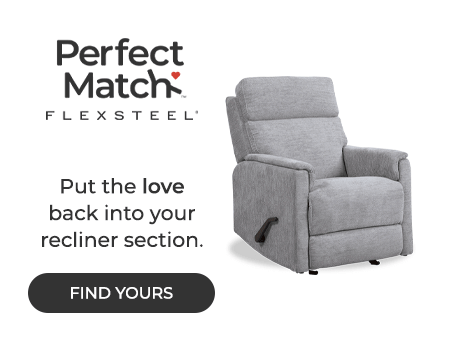Rules aim to help divert product shipping materials such as cardboard, plastics and foam from the public waste stream
WASHINGTON — The implementation of Extended Producer Responsibility laws in several states is guiding how furniture and other companies must address packaging waste, shifting the burden of recycling and disposal costs from taxpaying consumers to the producers, importers and sellers of finished goods.
According to information Home News Now has received from various sources, the regulations apply to packaging materials such as cardboard boxes, shrink wrap and foam used to protect products shipped to retailers and consumers. Not complying with the rules could result in fines.
According to a recent explanation of the rules by New York City attorney Leo L. Esses, producers identified under the EPR laws include the following:
+ A brand owner, or an entity that produces furniture under its own name.
+ An importer, including a company that has furniture shipped from overseas and sells it to customers in the U.S.
+ Retailers, including those that sell under their own private-label brand.
+ Distributors that sell product in a state with the EPR laws where no manufacturer or brand owner is based in the U.S.
In the document, Esses said five states have enacted and are implementing the EPR laws: California, Colorado, Maine, Minnesota and Oregon.
In each state, companies must register with a Producer Responsibility Organization (PRO) and pay into a fund that helps finance community recycling programs. Esses said other states that are looking to establish such EPR programs for packaging materials include New Jersey, New York, Washington, Illinois, North Carolina, Rhode Island and New Hampshire.
For those companies doing business in any of the affected states, he suggested they do the following:
+ Determine their specific role, whether it be as a manufacturer, importer, retailer or distributor.
+ Review packaging to determine if it falls under the EPR regulations.
+ Register with the PRO “if it is required by your state as some of the deadlines are approaching or have passed.”
+ Update supplier contracts to determine or clarify who is responsible for EPR compliance.
The American Home Furnishings Alliance also has recently communicated various aspects of the EPR laws to its membership.
In a recent memo to members, it noted that the Policy Stewardship Institute (PSI) formed in 2000 has since convened diverse stakeholders to build policies and laws that revolve around the concept of EPR.
AHFA noted that in 2016, PSI developed model packaging EPR legislation, which was updated in 2019 with industry and government input. It noted that two key features of the EPR policy and legislation include:
+ Shifting financial and management responsibility, with government oversight, upstream to the manufacturer and away from the public sector.
+ Providing incentives to incorporate environmental considerations into the design of their products and packaging. “The end goal is to incentivize more environmentally conscious design,” AHFA noted.
“This is a mandatory type of product stewardship that requires manufacturers, at a minimum, to take responsibility for their products, including post-consumer management of that product and its packaging,” AHFA said, adding that “for the home furnishings industry, the focus is primarily on the packaging used in product distribution.”
It noted that under the PSI model, each state identifies a Producer Responsibility Organization to facilitate the development and management of the law. Producers, it added, must join the PRO — typically a nonprofit — “which develops a compliance plan and manages the program.”
Typically, the AHFA noted, producers pay fees to the PRO, which then distributes the funds to cover program costs including the collection, sorting and processing of covered products such as cardboard and plastics. The goal is to divert these materials from landfills.
AHFA said it and other organizations have requested a delay of implementation “for some of the more rapidly advancing regulations but with little success. Therefore, AHFA is developing compliance guidance even though it will remain incomplete until individual states are able to provide more clarity.”
The AHFA also said it has developed an Overview of EPR Laws with a link to legislation passed in seven states — Maine, Oregon, Colorado, California, Minnesota, Maryland and Washington.
It noted that registration deadlines have passed in Oregon and Colorado, adding that Minnesota’s registration deadline is July 1. “Washington’s registration deadline is March 1, 2026, and Maine’s is May 2026.”
AHFA noted that Maryland does not require registration, and California is rewriting its rules and has not announced a new registration deadline.
AHFA said it also has developed a list of Frequently Asked Questions but expects frequent updates to this document. And it has urged member companies to attend its Aug. 20-21 Regulatory Summit, where “EPR regulations and compliance strategies will be among the topics discussed.”
In his communication, Esses said, as EPR laws are evolving, it’s important to “monitor regulatory changes in your state and any other state you sell in.”
“EPR laws are reshaping how businesses handle packaging waste, and the furniture industry is not exempt. … Understanding your obligation and taking proactive steps towards compliance will ensure your business avoids penalties and contributes to sustainable waste management efforts.”




